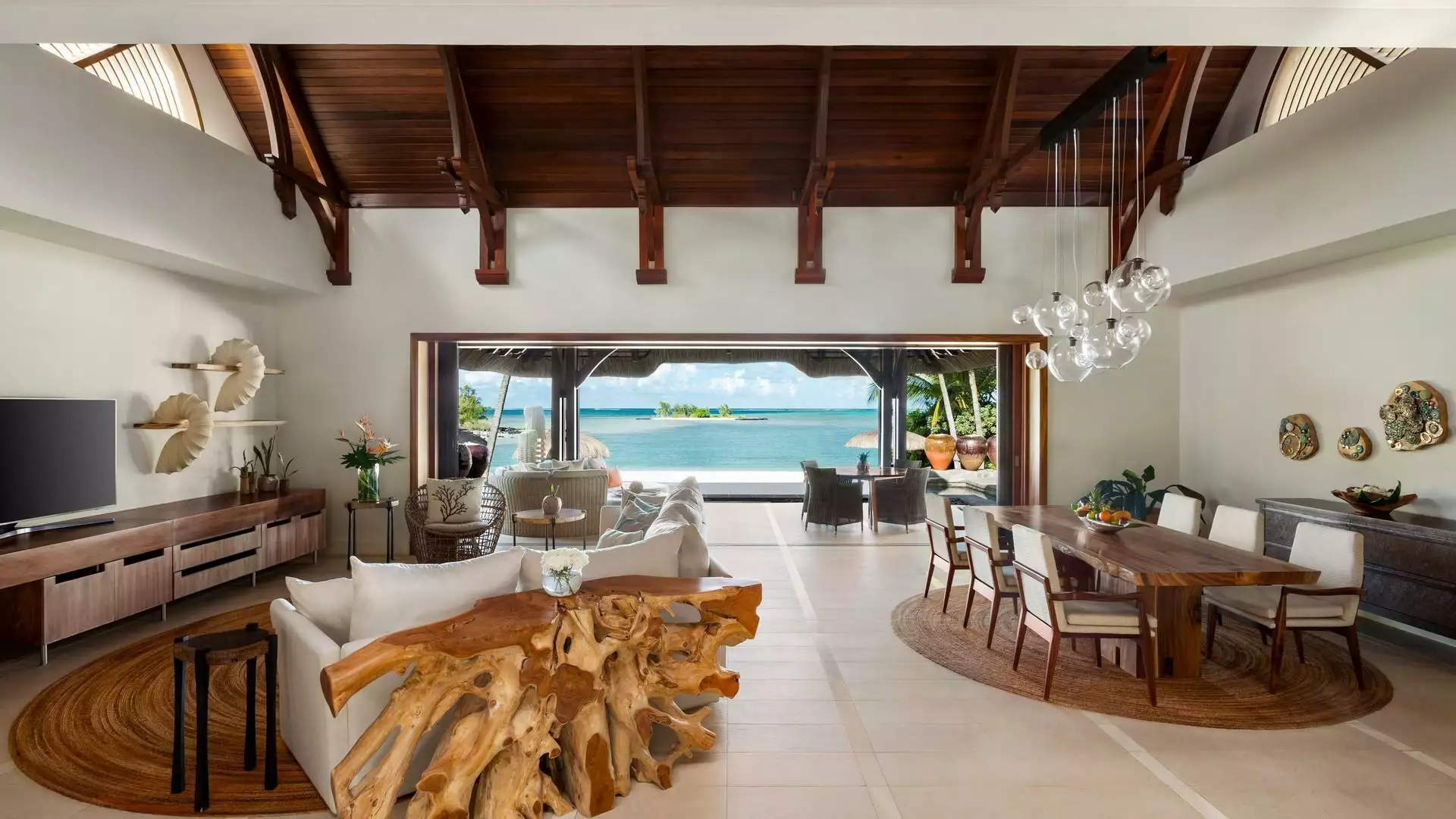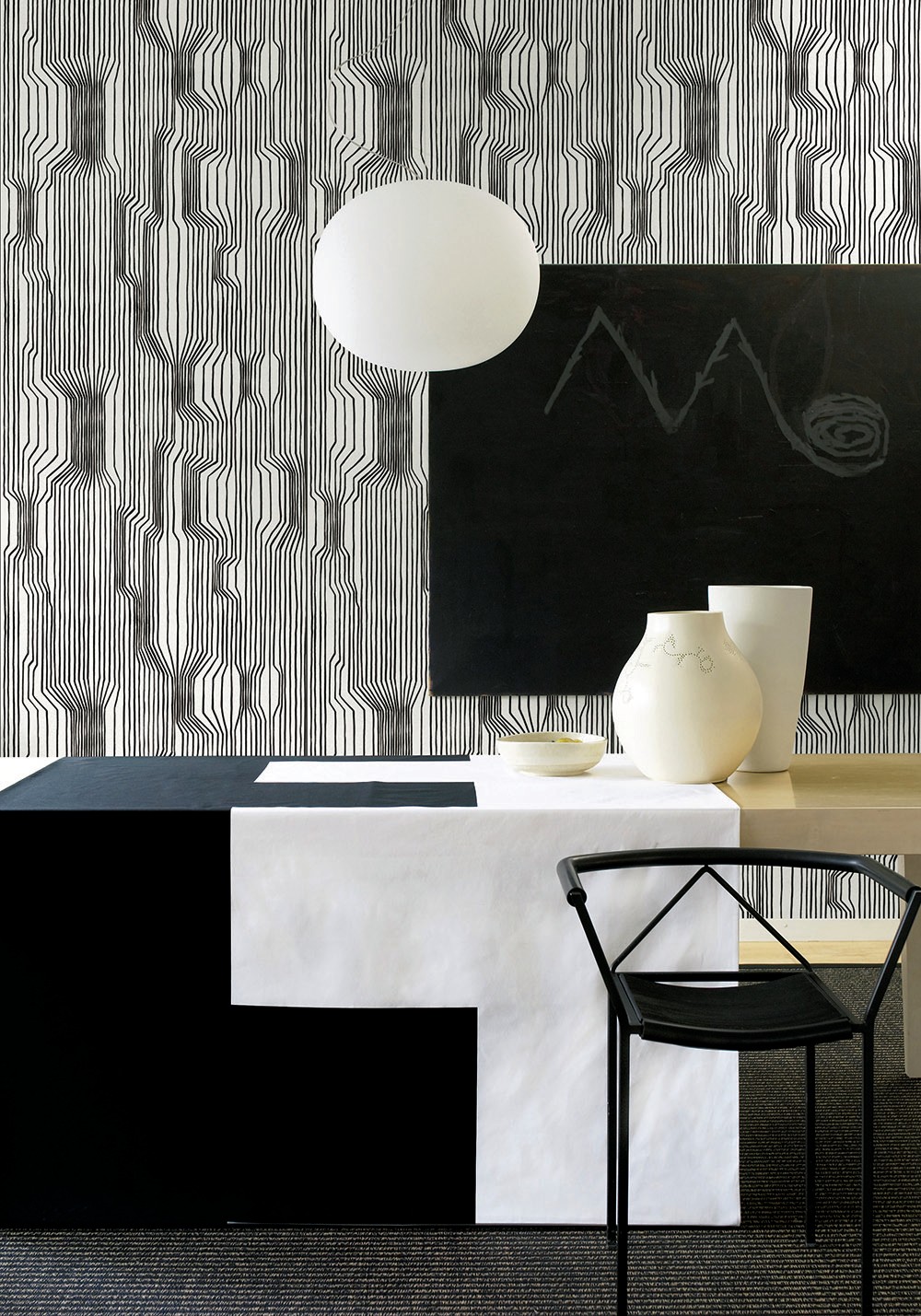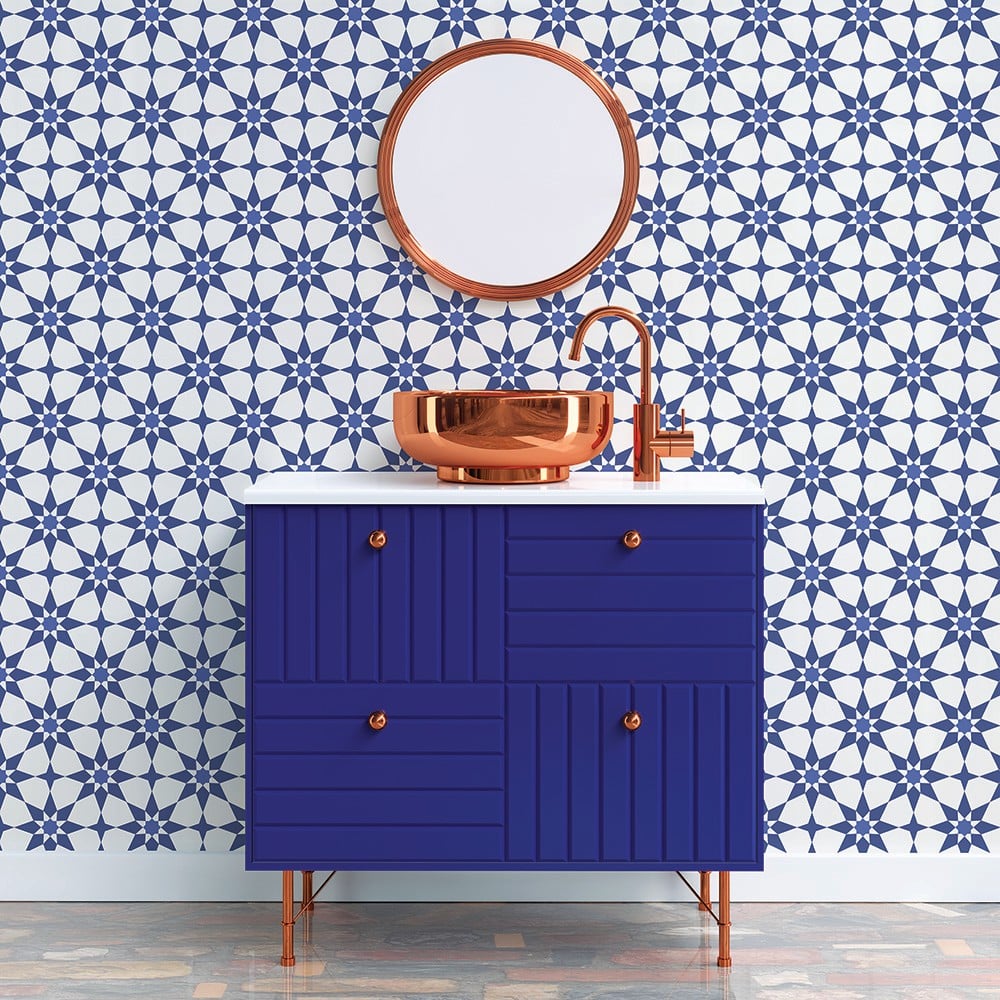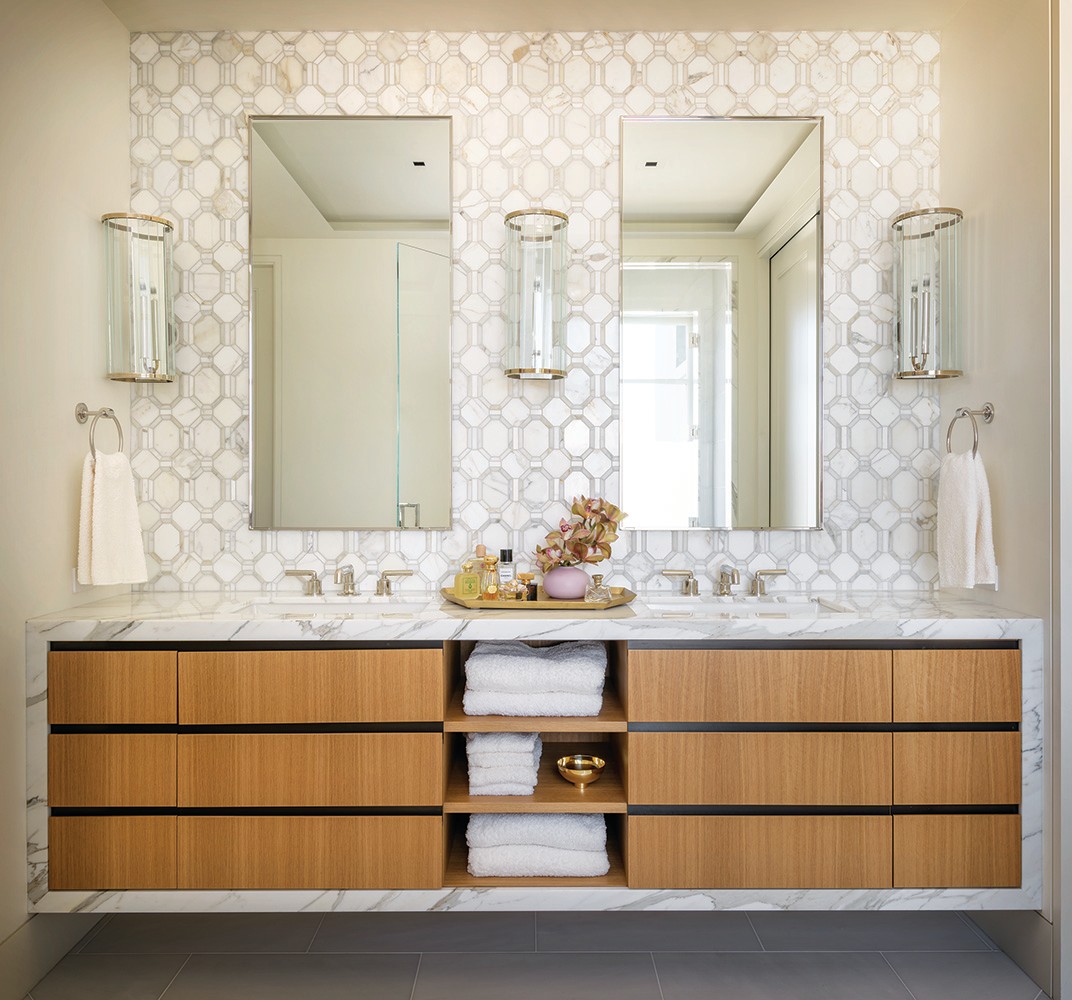When walls collide with geometric shapes, an uninspired space can suddenly have a strong point of view. Whether iterated as patterned wallpaper, mirrors, or artwork in shapely frames, the effect can be subtle or statement making.
“Geometric shapes are very dynamic and carry a lot of visual weight,” says New Jersey-based Jennifer Matthews, co-founder and creative director at Tempaper, a line of removable wallpaper. “If they are small, they can add textural interest, whereas larger shapes create bold movement in a room.”
“When mixed with more traditional motifs, they lend a freshness to the designs,” says Los Angeles-based designer Stefani Stein. Meanwhile, the repetitive nature of geometrics lends an organization to a room, so there’s an automatic symmetry.
“Don’t be afraid to use geometric shapes, regardless of your overall style direction,” says Tulsa, Okla.-based designer Mel Bean. “An all-neutral space with limited layering of geometric shapes and patterns is an entirely different experience from a colorful, complex, extensive use of pattern and color.”








